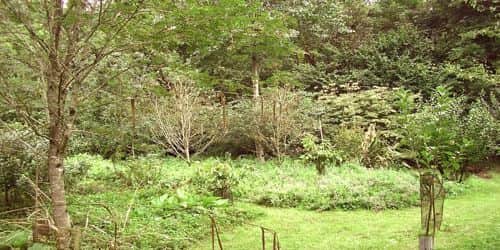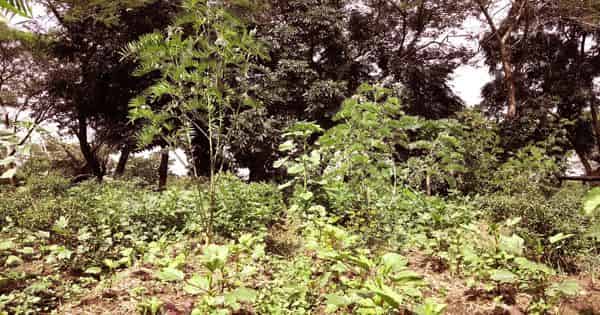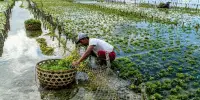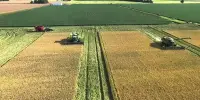Forest gardening
A Forest Garden is a designed agronomic system based on trees, shrubs, and perennial plants. Forest gardening is a low-maintenance, sustainable, plant-based food production and agroforestry system based on woodland ecosystems, incorporating fruit and nut trees, shrubs, herbs, vines, and perennial vegetables which have yields directly useful to humans. These are mixed in such a way as to mimic the structure of a natural forest – the most stable and sustainable type of ecosystem in this climate. Making use of companion planting, these can be intermixed to grow in a succession of layers to build a woodland habitat. It’s gardening in a way intended to mimic a natural forest ecosystem, except that the species chosen are mainly edible.
Forest gardens combine trees, shrubs, herbs, flowers, and vegetables into a productive landscape. They are designed to fit in with the local climate, land profile, water, and soil.
Forest gardening is the art and science of putting plants together in woodland-like patterns to forge mutually beneficial relationships. It is a food production and land management system based on replicating woodland ecosystems, in which trees and plants have been replaced by fruit and nut trees, bushes, shrubs, herbs, and vegetables which have yields directly useful to humans. Forest gardens combine trees, shrubs, herbs, flowers, and vegetables into a productive landscape. They are designed to fit in with the local climate, land profile, water, and soil. It increases the beauty of the garden by allowing birds, insects, and amphibians to play their essential role in pest control, fertilization, and spreading seeds.

Forest gardening is a prehistoric method of securing food in tropical areas. The crops which are produced will often include fruits, nuts, edible leaves, spices, medicinal plant products, sap products. It is an ancient practice; there’s evidence that people (and animals) have consciously shaped the forests in which they lived for millennia. In the 1980s, Robert Hart coined the term “forest gardening” after adapting the principles and applying them to temperate climates. It brings our carbon footprint within sustainable levels by minimizing and ‘ideally’ eventually eliminating the need for fossil fuels and by growing renewable resources.
If you leave your garden alone and do nothing in it for a long time, it turns into a forest; a forest that is unfortunately unlikely to provide you with the food you need. The use of plants specially chosen for their ability to attract predators of common pests, eg umbellifers like tansy. The increasing role of tree cover and leaf litter improves nutrient cycling and drought resistance. It eliminates the need for artificial fossil fuel-based fertilizers by growing nitrogen-fixing plants, the best composting plants, and refining composting techniques.
















